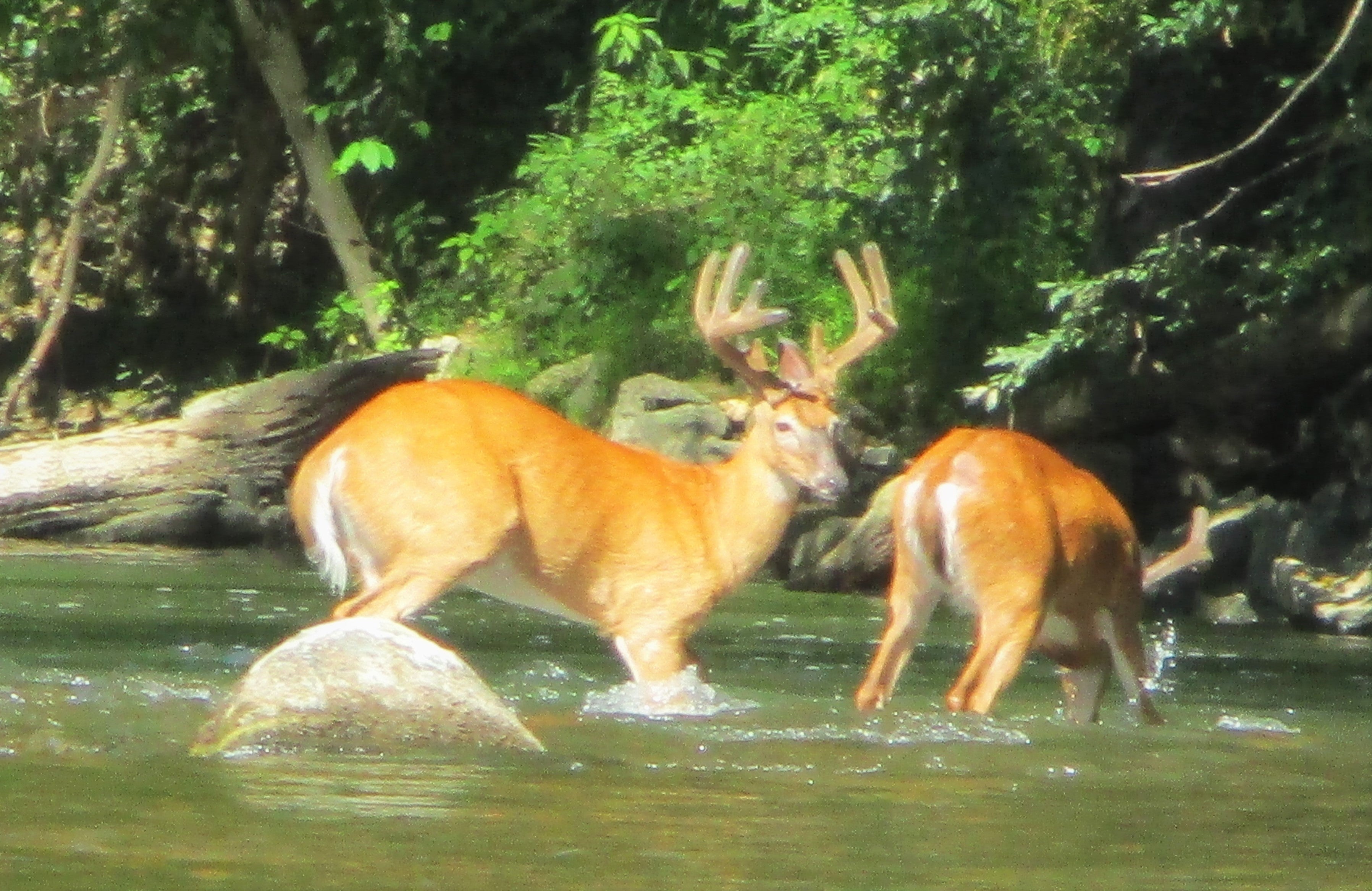OUTSIDE: Deer language
Published 4:06 pm Thursday, October 28, 2021
|
Getting your Trinity Audio player ready...
|
By Steve Roark
Deer are social creatures and so there is a need to communicate with one another. Sometimes it’s one on one trash talk, while other times it’s an alarm to an entire group.
There are several ways a deer communicates that it is alarmed about something. Stamping one hoof several times shows mild alarm. Next it may snort, which sound like someone blowing their nose very hard, and has a high pitch sound. Lastly, when disturbed enough they will run, flipping their tail straight up and exposing the bushy white underside. This is called tail flagging and it tells the other deer to get the heck out of Dodge.
In any group of deer there are dominant and subordinate members. A dominant is more aggressive and shows it through several gestures. A mild display is called ear-drop and involves the deer lowering its ears until they lie flat against its neck. A slightly more aggressive display is called the hard look; here the deer lowers its head, puts back its ears, and stares at the offending deer. Still more aggressive is “sidling”, where the deer moves sideways toward its opponent. If none of these actions make an opponent back down, then the dominant deer may “strike”, which is picking up a front foot and attempting to bring it down on the other’s back. Finally, both deer may rise up on their hind legs and strike at each other with their front feet, a gesture called flailing. These last two displays rarely involve actual contact, and the whole purpose seems to be to resolve conflicts without real fighting.
In the fall, when bucks are in rut and have fully grown antlers, they are particularly aggressive to each other as they compete for territory or a doe. They also use the ear-drop, hard look, and sidling, but instead of striking or flailing they resort to another display called “antler threat”. Here the head is lowered to point their antlers at an opponent. Another display, called “antler rush”, is the scene often shown on wildlife documentaries where the bucks crash horns with one another. This really doesn’t occur that often, as one of them usually backs off before things escalate.
One other means of communication is antler rubs and scent marks. Bucks will scrape the bark of small trees with their antlers and use a scent gland to rub a scent onto them. To other male deer this says: “I’m here, this is my turf, back off!” To a female it says: “Hey baby, looking for some good genetics? Come see me!”





